The internet, social media, and mobile devices are some of the trends educators are adapting to accommodate the learning needs of a new generation. Today the classes are filled with digital natives.
Gen Z has replaced Millennials in undergraduate classes. What we know is that Gen Z is a generation like no other. They have no memory of a world without technology. According to a blog published by eLearning industry, Generation Z is a group of adept self-learners who process information at a pace not seen before. This generation of learners is creative, passionate, and are attracted to naturally driven conversations.
In this blog, we cover how to better use group feeds to increase student response and participation.
Why a feed?
Social media is widely used by Generation Z members. As a result, many classrooms have revolutionized the way they adopt technology to better suit the needs of this new group of students. At least 81% of millennials and Generation Z members admitted having one or more social media platforms.
Implementing positive aspects of social media platforms in educational sites gives a sense of comfort and familiarity. Social feeds can:
- Encourage engagement in class.
- Foster positive connections between all class members.
- Allow for continuing learning even outside of class time.

How can a social feed revolutionize the classrooms of today?
First, let us trace back to the beginning of the “feed” concept. Group feeds were first introduced in 2006 when Facebook announced the update of their social platform. The feed allowed users to be exposed to content posted on their network. After Facebook’s update, many platforms started adopting and creating their own version of a feed.
Feeds have replaced pen and paper because the next-generation student consumes and distributes information in different ways.
A recent study made by McKinsey found that Gen Z highly values dialogue-oriented learning spaces to solve conflicts, learn about others, and improve the world. Integrating a feed allows for open, relatable, and dialogue-centric learning environments.
Here are a few ways to streamline and increase responses from students:
1. Avoid emails:
Email fatigue is at an all-time high. According to Forbes, the rising tide of emails, messages, and video meetings caused by remote working during the Covid-19 pandemic is leading to a growing level of burnout and job dissatisfaction.
If this generation values conversations, email is not the place to foster them. In a recent survey made by Campaign Monitor, only 58% of Gen Z members admitted checking emails on multiple times in a day. This represents a 17% decline in comparison to Millennial. On average Gen Z receives between 1-20 emails in a day, resulting in students deleting or ignoring some of those emails altogether.
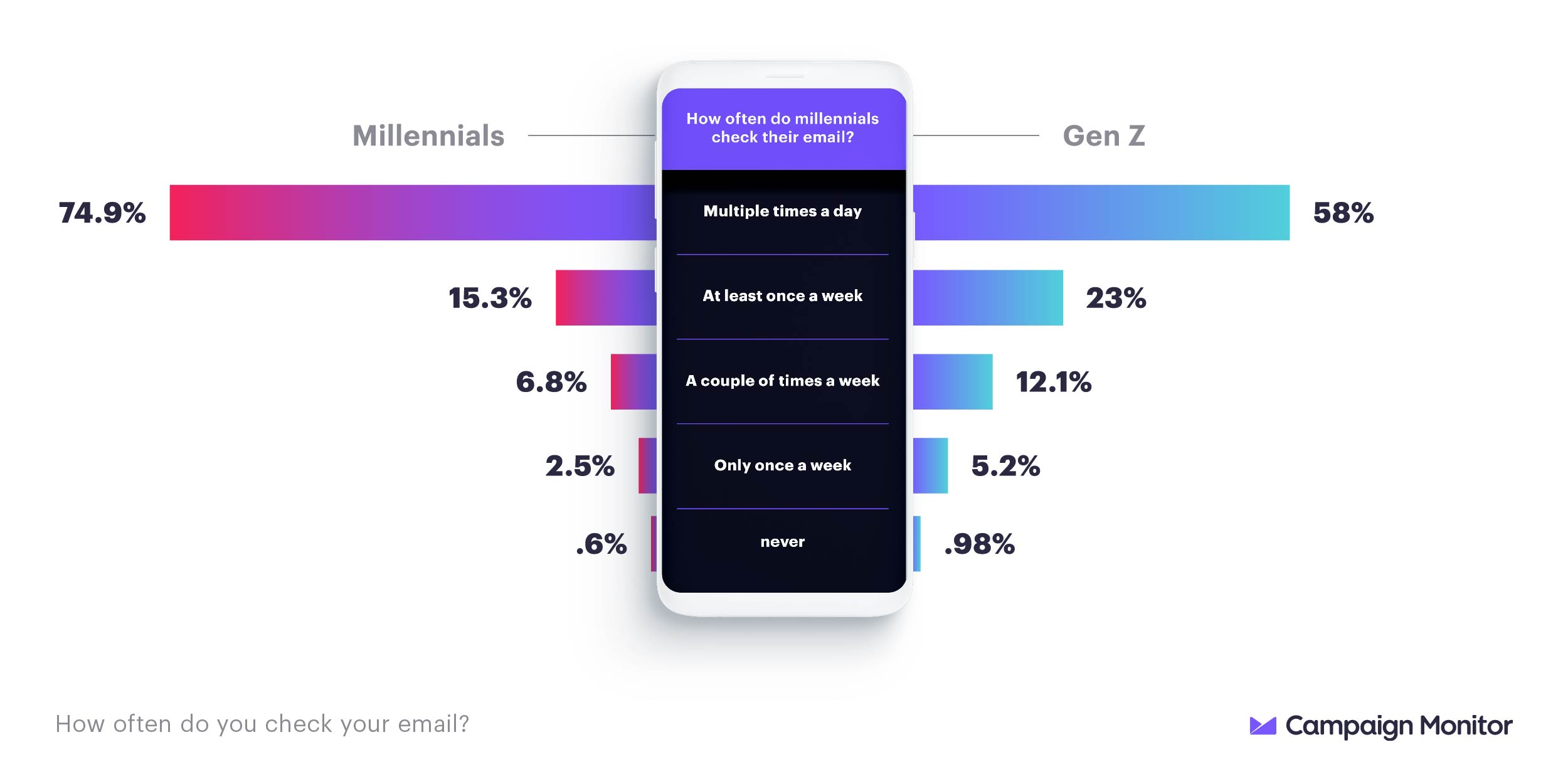
2. Encourage open discussions:
Allowing students to have a centralized medium to ask questions and start discussions is important. Why?
- It decreases the time you spend answering the same questions from different students.
- It provides an inclusive place for all students without putting the spotlight on a specific individual.
- Reduces segmented conversations which help learners feel like they belong to a course community.
It’s important to adopt technology that allows inclusive conversations. When teaching a smaller class, a chat-driven tool can make the conversation flow. However, as classes get larger than 25, a feed-like tool will keep content centralized and organized.
3. Share relatable content:
Gen Z is a creative generation who enjoys sharing online, including everything from images and memes to videos and music. They are open and enthusiastic about sharing their own content, as well as content from other sources.
Here are a few things to try while you share information with students:
- Use images or gif files to grab their attention.
- Reward students for asking questions and helping others.
- Post quick videos and links related to class topics.
- Use emojis in your course messages. On average, 92% of internet users use emoticons to communicate.
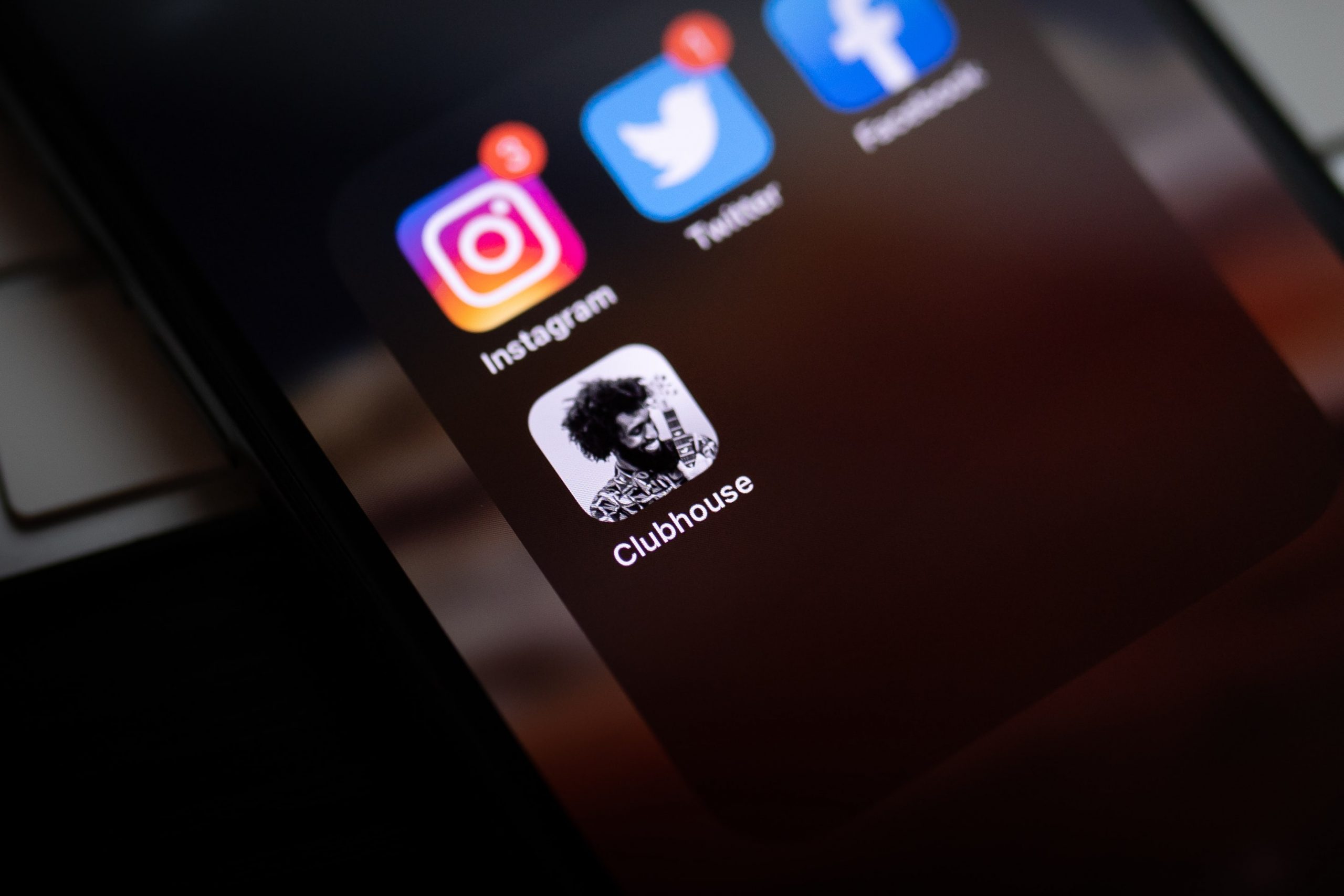
A combination of relatable content plus a social feed, chat, or project-based tool can increase immediate feedback and enhance students’ educational experience.
The next technology we welcome into the classrooms must break down communication walls, drive effective collaboration, and encourage active learning. Time-saving is an important factor for educators to consider while running a class. Inside the CampusKnot feed, you can track views, top-class performers, and reward students for collaborating automatically.

Technology is slowly allowing instructors and institutions to create innovative curriculums. On average, 80% of Gen Z members are more likely to talk and respond when acknowledged on social media posts. This is what psychologists call self-presentation “In online environments, we have time to construct and refine. While positioning yourself the way you want to be seen.” Implementing relatable technology can lead to higher student retention, attract the best students, and increase overall class response.
Share and create relatable content with CampusKnot- it’s the best way to save time and encourage participation with the modern student! Get started for free today.
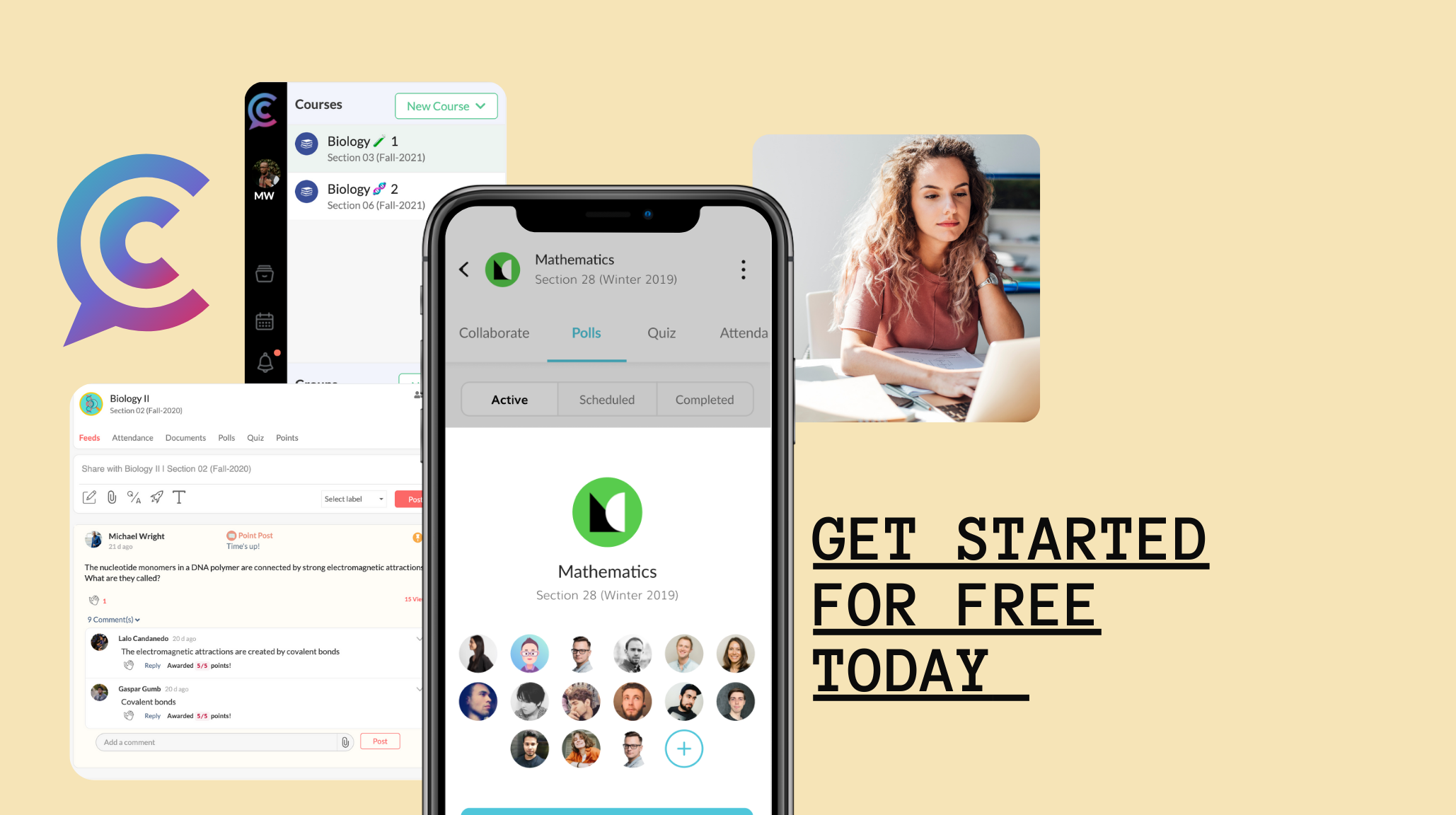



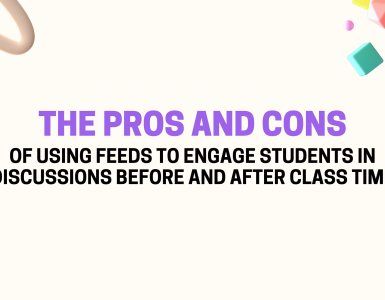
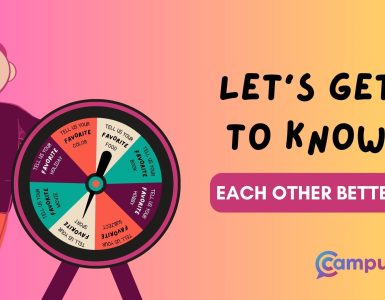
441 comments